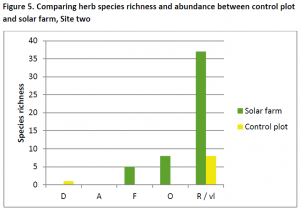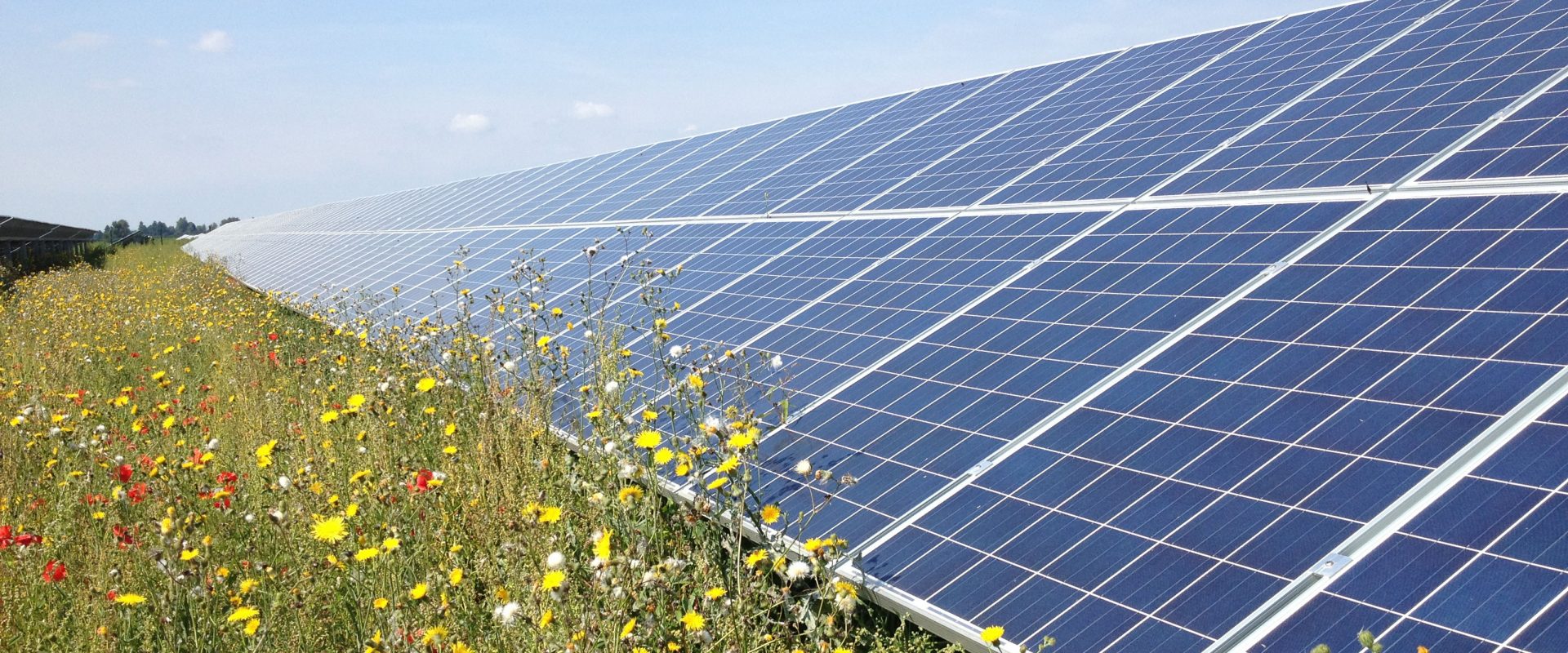Can solar benefit ecosystems?
Is there a real opportunity for solar and ecosystems?
As a renewable energy company, building and operating solar projects is one way in which we’re fighting climate change and its effects.
However, we don’t just see ourselves as solar developers; we see ourselves as long-term stewards and custodians of the land we work on. As ground mounted solar is typically in place for over 20 years, we see this as an opportunity to go the extra mile and try to improve the local ecosystems where our projects are sited.
At Lightsource bp, careful consideration is given to the way in which our solar projects are constructed. Environmental impact assessments play a key part in ensuring our projects integrate harmoniously into their surroundings and make a difference.

Can solar farms really make a difference?
The air we breathe, the water we drink and the food we eat all come from nature. It is important for humans to recognize that each species, no matter how small, has an important role to play in contributing to a balanced and healthy ecosystem. To do our bit to raise awareness of how important biodiversity is, we’d like to share research results that show how solar projects can be designed to boost biodiversity.
In mid-summer 2013, a study of biodiversity levels at solar farms in comparison to similar plots of agricultural land was undertaken in the UK. The study leaders selected four solar farms, including one Lightsource bp site, each with a different approach to land management. Two of the solar farms had been seeded with wildflower meadows, and two were pastures with agricultural grasses. Biodiversity was measured using three indicator groups: grassland herbs, bumblebees and butterflies, as these are important markers of wider biodiversity. For each site, a control plot was selected next to the solar farm with the same land use as the solar farm prior to its construction.
The results showed that all the solar farms had higher levels of biodiversity in comparison to non-solar land. The study confirms that with proper land management, solar farms present the opportunity to establish a wide range of habitats designed to increase general biodiversity and support conservation. The study also underscored inherent features of solar farms that are beneficial to wildlife; they are relatively undisturbed by human activity once constructed and are in place for decades, which is sufficient time for appropriate land management practices to really take effect.

Download the full research to find out more.
Find out more
To find out more about our biodiversity efforts, download our brochure. You can also learn about our bee project and how we’re building pollinator-friendly solar farms.
Related news
03 Apr, 2025
Community hospital check presentation, job fair kick off Lightsource bp Jones City energy center in Jones County, Texas
Community partnerships in Texas
26 Mar, 2025
Lightsource bp solar project in Louisiana goes online, driving US manufacturing and local economic growth
180MW project in Louisiana




